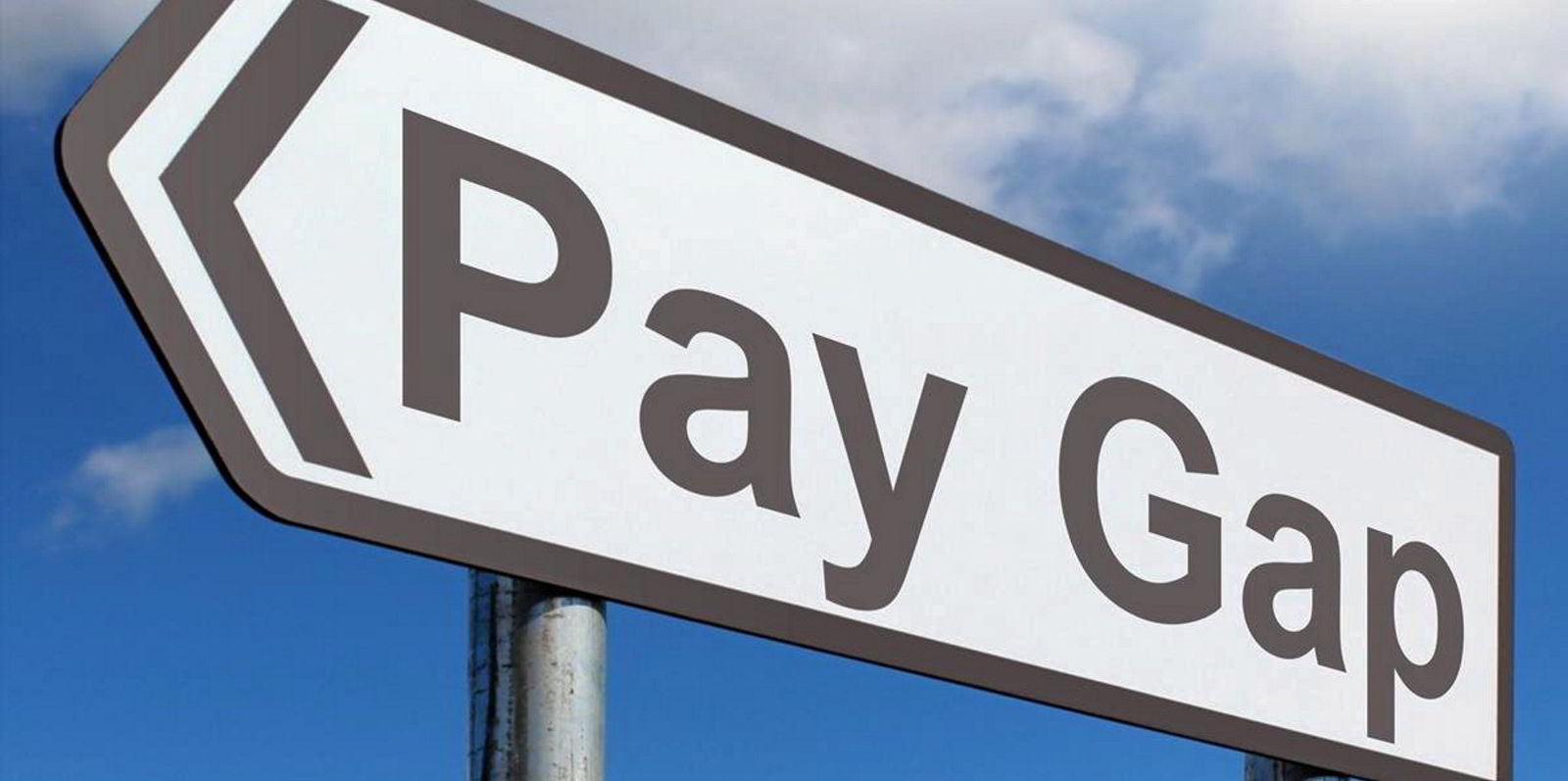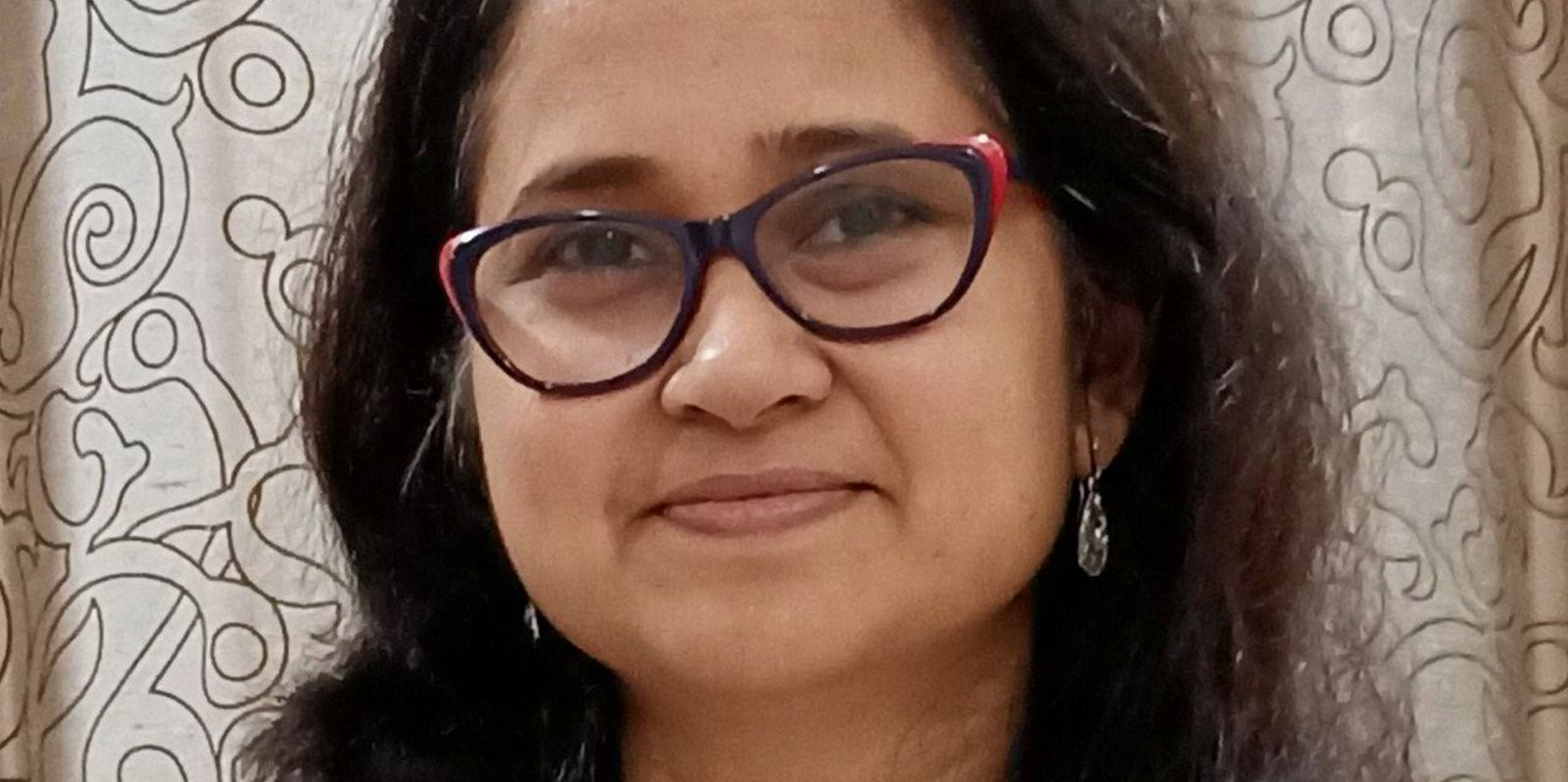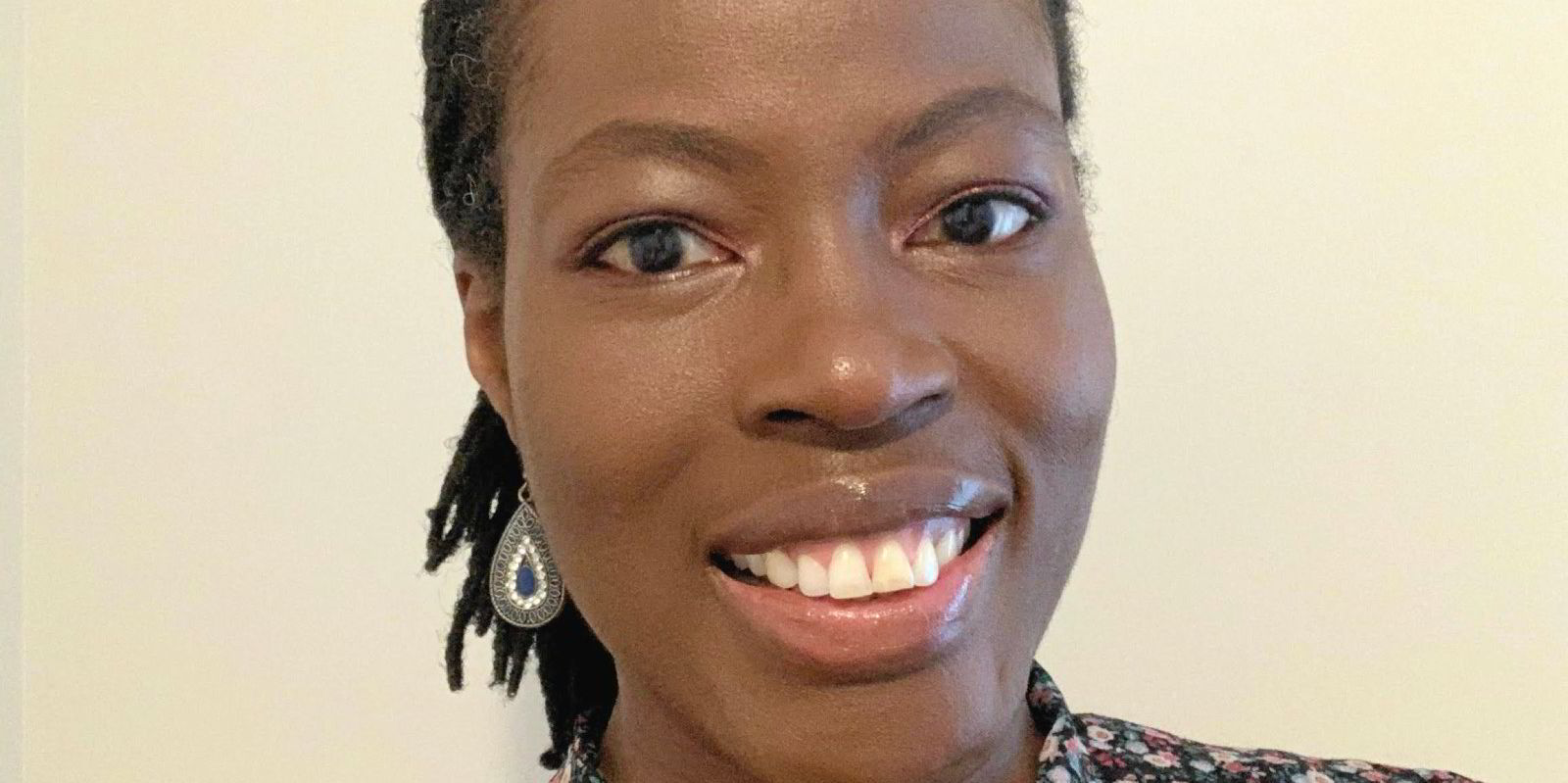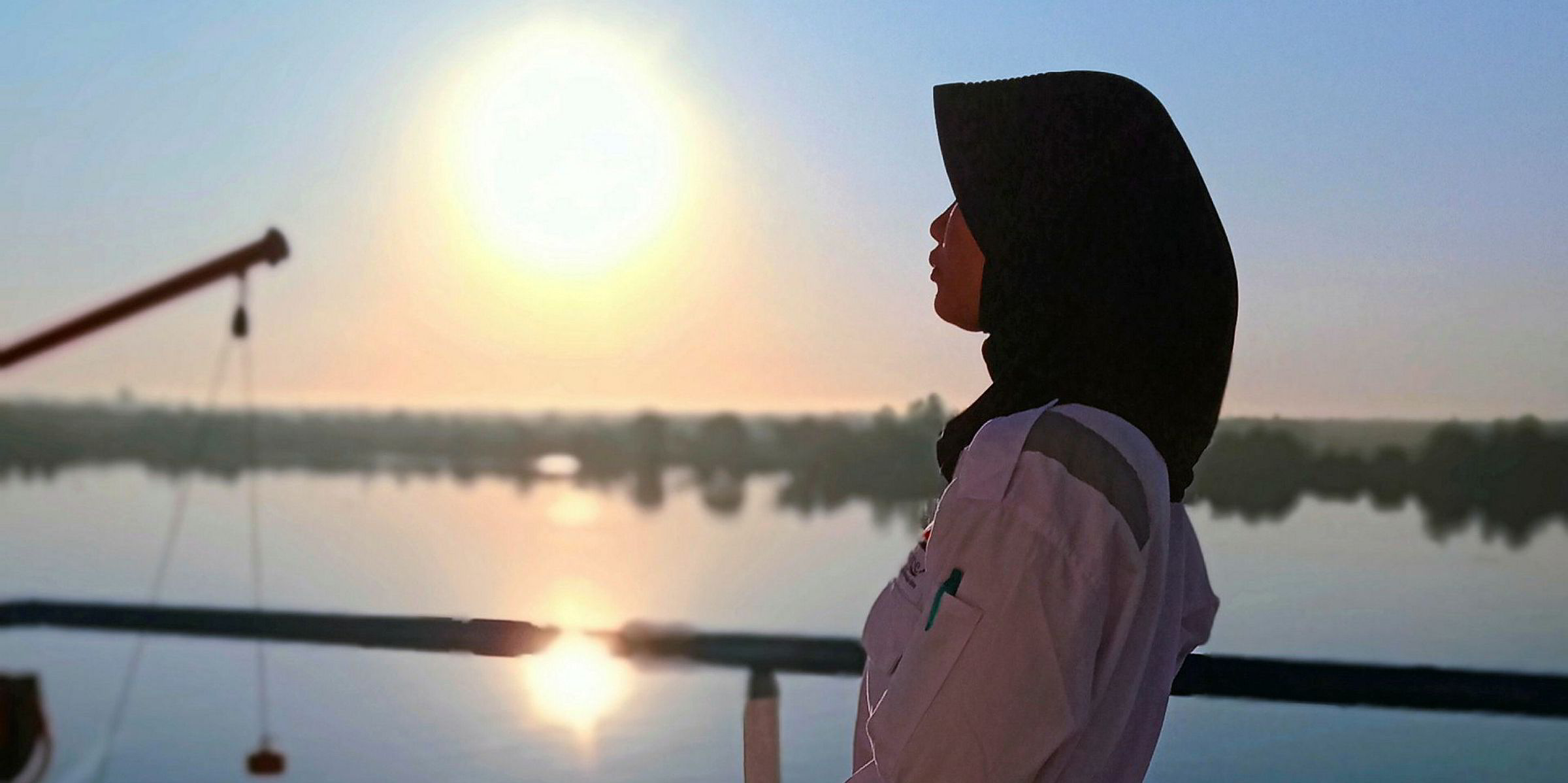Posted on May 18, 2021
Ports personnel at US and UK ports explain how their determination to work on the waterfront helped them overcome the odds
Kelli Goodwin wanted to open a water-ski school after college, having skied competitively for many years in the vicinity of Seattle.
She replied to a job advertisement for a ferry captain in the Seattle area after graduating from San Diego State University but was rudely turned down.
“Some old guy answered the phone and said, ‘That’s not going to happen. We don’t have any openings’,” she recalled.
Her dad told her the man probably has a son who will get that job, so Goodwin gave up on the idea of entering maritime and spent the next 12 years in investment and banking.
“I kept looking out the window thinking, ‘Man, I need to be on the water somehow,'” she told TradeWinds.
Little did she know that after a not very welcoming first contact with maritime she would eventually land a top job at the bustling Port of Seattle as senior manager of marine operations.
Pearson’s journey
Some 8,000 km away, Alexandra Pearson’s five years of rugged maritime service as an able seaman with the UK’s Royal Navy left her wanting only more of the same when she re-entered civilian life.
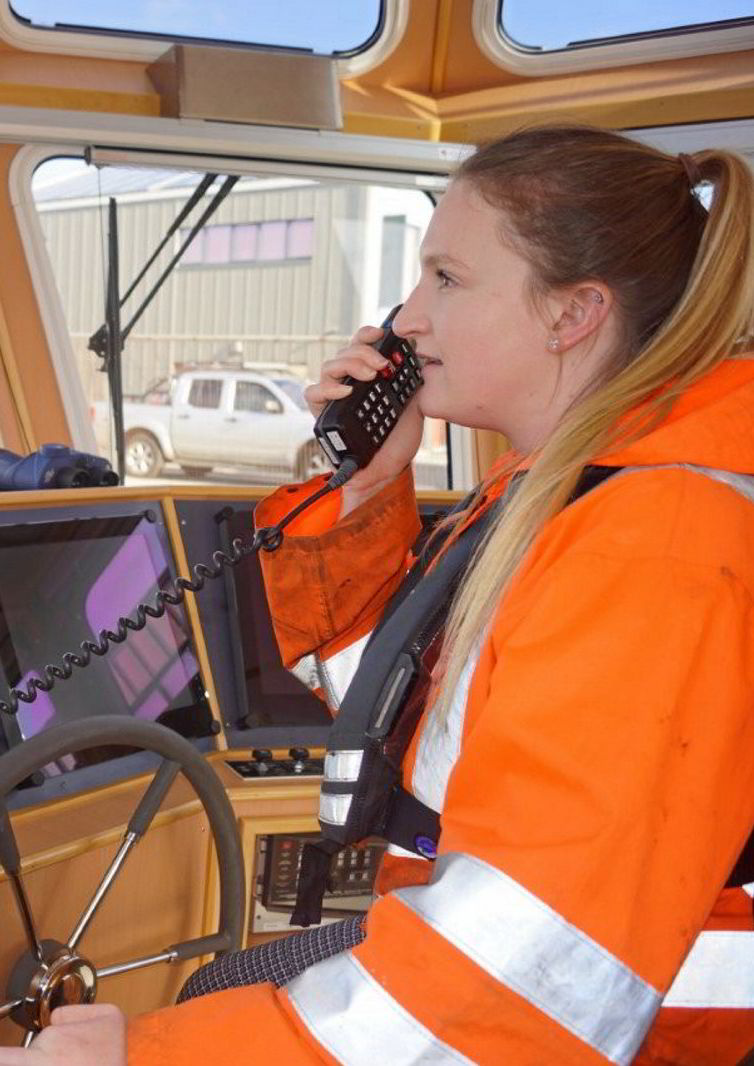
She learned this about herself after taking an office job at an insurance company for a few months.
“I really struggled to find a job that was physical and hands-on whilst retaining the maritime aspect,” Pearson, a marine operations assistant with England’s port of Shoreham, told TradeWinds.
“I took on an office-based role before deciding it was not what I wanted to do.
“A member of my family saw the job advertised at Shoreham and I had applied within minutes.”
In July 2019, she traded in her office attire and computer for a bright-orange jacket and the helm of a tugboat and has not looked back.
Both women have achieved what is still too rare in ports around the world.
Lagging in gender diversity
Ports in general have greater gender diversity than seafaring, where just 2% of oceangoing workers are women, but have less gender diversity than other parts of the shoreside maritime workforce.
A survey by recruitment firm Spinnaker and the Maritime HR Association found that in shoreside maritime jobs, 41% of respondents were women. But they were predominantly found in junior roles, with just 5% of executive roles going to women.
41%
Women as a percentage of shoreside workforce in 2020
60%
Percentage of employees in junior, trainee and administrative roles who were women
5%
Percentage of maritime executives who were women
43%
Pay gap for women in shoreside maritime roles, compared to men.
Source: 2020 gender diversity study by Spinnaker and Maritime HR Association
But in the UK, which had the second-highest percentage of women in the workforce in the Spinnaker survey, some port workforces still have a far smaller proportion of female workers.
In the UK Major Ports Group, for example, 15% of the workforce is female, though its report also said men and women are paid equally.
“While this figure is better than some maritime industries, we recognise that there is more we can do and continue to be involved in initiatives to encourage diversity in the sector,” said spokesman Rob Coniam.
Goodwin makes her way
Over in Seattle, after finding out she had to have a captain’s licence to teach waterskiing as a business, Goodwin contacted a tugboat captain to find out what she needed to get that licence and buy a ski boat.
“Lo and behold, he and I hit it off, so he asked to do a job with me,” Goodwin said.
“He liked working with women better than he did men, and he made it safe for me to leave my banking career.”
She said she learned how to run a crane barge and loading equipment as a full-time worker delivering pre-fabricated homes to shoreline building sites.
The business made her feel welcome in the industry, but crane jobs in rural areas reminded her time and again that the maritime industry was very much a man’s world.
“I did find a lot of times that when we did jobs outside of the immediate urban Seattle area, it was always assumed that Brian, my boss and [the company’s] owner, was my husband,” she said.
“Folks would think I was there because it was a family affair and we were related, not because I had any merit to be there just on my own, so that was interesting.”
She also remembered a male drill operator commenting sarcastically on her ability to load seven-metre drill casings by hand onto a barge for delivery to an underwater test-drilling site.
“He was totally sizing me up and not pleased that I was not some good old boy pushing his barge,” she said.
“By mid-job, he was bringing me lattes and happy to be on the barge.”

Goodwin, who has a tugboat captain’s licence, then worked on tugboats for four years until 2007 before joining the port’s Fishermen’s Terminal for 18 months as a harbour specialist.
“It really stood out for me — the environment, the people and the work that it does,” she said.
She then ran a crane barge for four years for Seattle’s 2,350-metre Evergreen Point Floating Bridge project before taking her current job with the Port of Seattle in 2016.
She said the port sector is still very male-dominated, but concerted efforts to attract women are slowly changing the tide towards gender equity.
“There’s a lot that the Port of Seattle and other ports are doing that is creating that awareness of industry,” she said.
“I think we’ll get there. Time’s changing.”
Stebbins’ path
Stephanie Stebbins, the port’s managing director of maritime, remembers being interviewed 23 years ago for her first job with the port as an engineer and planner.
“There was an interview panel of seven men interviewing me,” she said.
“One of the questions I remember them asking that you would not ask today is, ‘Hey, do you think you can handle this?'”
She said the sexist attitude towards female workers in the industry has diminished considerably because more women are joining it.
“I am now the third woman to be managing director of the port in a row,” she said.
“The journey of a thousand miles starts with one step, so we just keep moving forward with it.”
The port tries to combat unconscious bias in its hiring process by forming hiring panels that are mixed in gender and in race.
“We are a public agency that should be creating equal opportunity for everyone,” she said.
“We should not be creating equal opportunity for just half the population.”
Inclusive recruitment
Pearson has always known that ports — and all of maritime, actually — are very male-dominated workplaces, but she said Shoreham took her on right away after seeing she had the necessary skills.
“Shoreham has been the first port I have worked at outside of the navy and I cannot fault the employment process,” she said.
“I know I had the experience required for the role and they hired me purely based on required criteria. I am proud to say that I have never felt unfairly treated.”
Shoreham is among a growing number of ports worldwide that have put gender diversity at the top of its priorities.
‘Making headway’
“We’re well aware of the issue, it’s fair to say, so we’ve been really active in this space for a good few years,” Nicky Brown, the port’s people, communications and sustainability director, told TradeWinds.
“If you start with the good news, we’re making headway, we’re improving, so that’s really good.”
The small port, which employs 120 people about 40 km southeast of London, is still very gender-lopsided, with about 95 men, but that is a slight improvement from when it began tackling the imbalance two years ago.
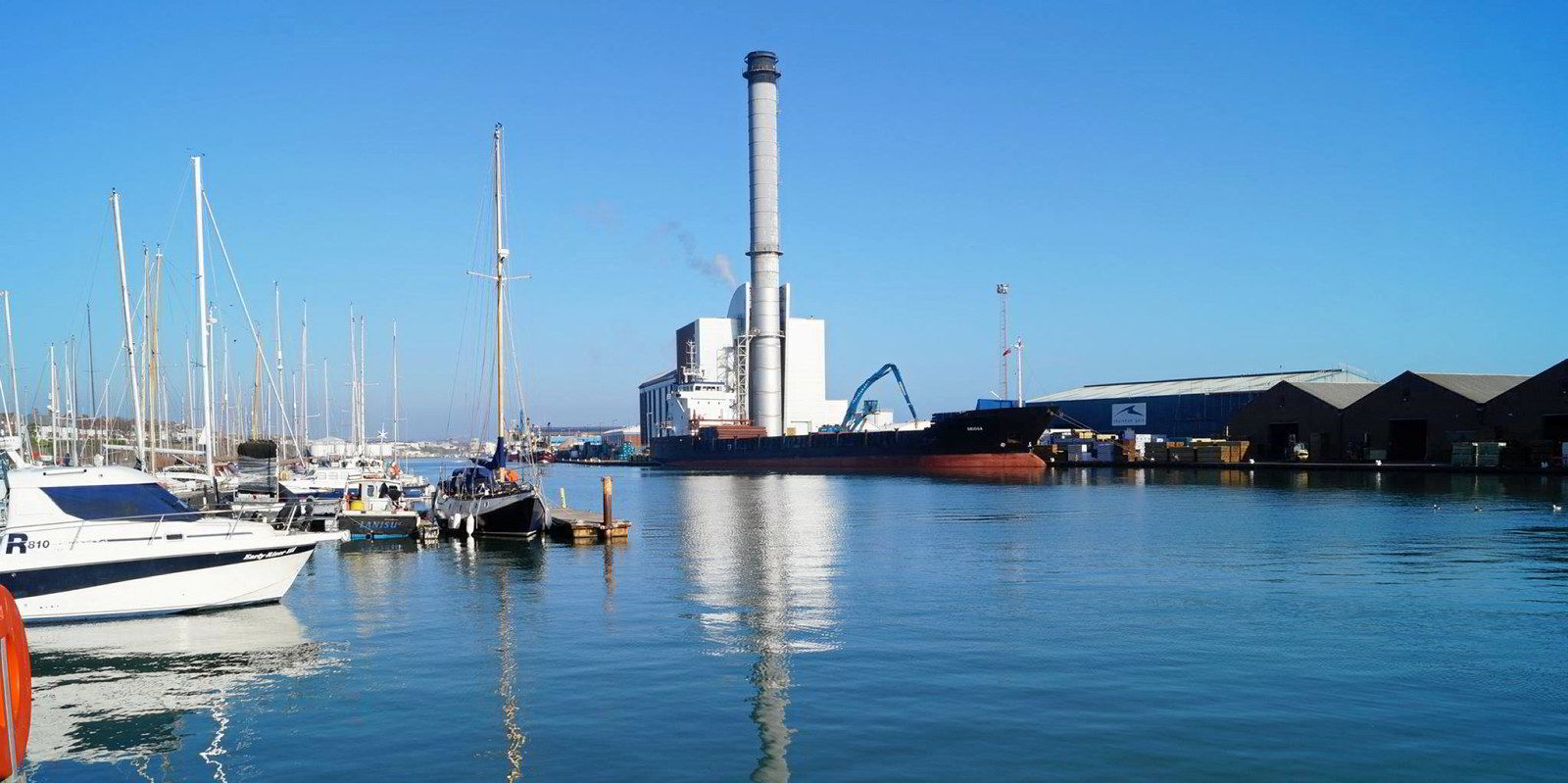
Gender equality in the port sector may require so much effort because women may find the imbalance to be off-putting, Brown said.
“It’s something I grapple with because, as a woman in maritime myself, I think it’s an amazing place to work,” she said.
“I don’t understand why it’s such a hard sell, because it’s really interesting, it’s really varied.”
It may be just a matter of slowly changing society’s perception of the port industry as a career path for men only, she said.
“I don’t believe it’s a case of where the men don’t want to work with the women. A lot of the men are incredibly welcoming,” she said.
“It’s really easy to sign up to something that looks good or sounds good, but actually creating real change takes effort and commitment.”
The very physical nature of working at ports may also discourage some women from applying.
“I think for certain roles, I don’t think women are very interested,” Brown said.
“I think there is a concern among women of would they be able to do that? There are a lot of advancements in machinery and technology that make it not the kind of role it used to be, however.”
Pearson also pointed to the port industry’s seemingly blue-collar environment as off-putting for many women but said it should work on changing this outdated perception.
‘Not very appealing to women’
“I believe that jobs within such an industrial-based company are just not very appealing to women, specifically within roles that are based out of office,” she said.

Brown said women usually apply for office roles in the port sector, but a growing number of them are working at the docks alongside the men.
“That is a relatively recent change,” she said.
“A few years ago, I had no women whatsoever on these teams. Things are improving but it’s slow steps.”
Gender balance must be achieved, however, if the port industry — or any industry, for that matter — is to realise its full potential, she said.
“Diversity is absolutely critical because if you don’t have a range of thinking and perspectives, you’re all going to be thinking the way you’re doing things is the best way,” she said.
“You will never develop and innovate. You will continue on the same path you’ve always been on.”(Copyright)


